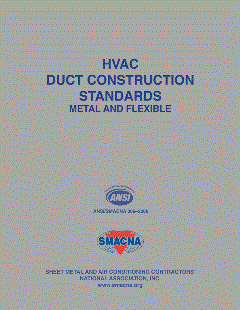The MCI specification, created by the Universal Smart Network Access Port (USNAP) Alliance and based on research from the Electric Power Research Institute (EPRI), is designed to allow manufacturers of consumer products to build smart grid ready products that can obtain energy information from digital meters and energy system interfaces regardless of the communication technology used.
The USNAP Alliance will work with the CEA committee, CEA R7.8 Modular Communication Interface for Energy Management, to support the industry adoption of the MCI standard through certification and test programs. EPRI continues to provide research, conducting interoperability workshops through which prototype devices and demand response programs can be evaluated.
“This committee is designed to accelerate the adoption and growth of smart grid ready products,” said Brian Markwalter, senior vice president of research and standards for the Consumer Electronics Association. “We’re eager to build on the significant efforts of USNAP and EPRI to create this standard by further addressing the needs of manufacturers, utilities, service providers, and consumers alike.”
At the request of the National Institute of Standards and Technology (NIST), independent modular interface initiatives from the USNAP Alliance and EPRI were merged into a unified specification that identifies the interface between a Universal Communication Module (UCM) and a Smart Grid Device (SGD). A NIST working group completed the MCI specification, and it was formally submitted to CEA to facilitate creation of the standards development project.
“This new specification addresses a significant gap in the smart grid for a unifying technology that enables a range of consumer products to respond to demand response events,” said Brian Seal, technical executive for EPRI.
“Consumers benefit from the selection of smart grid ready products that can be used anywhere in the country,” said Jon Rappaport, chairman of the USNAP Alliance. “Manufacturers benefit because they can build standardized products capable of working in any service territory. Utilities benefit because this specification reduces the risk of stranded assets.”
For more information about the USNAP Alliance, visit www.usnap.org. For more information about EPRI, visit www.epri.com. For more information about CEA, visit www.ce.org.
Publication date: 12/19/2011







